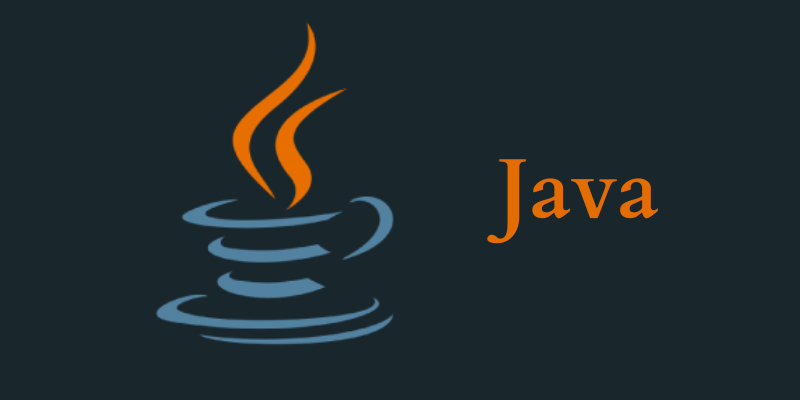
The Java Virtual Machine (JVM) plays a crucial role in the execution of Java programs. It is the engine that powers Java applications, allowing code to run on any platform without modification. Understanding how the JVM executes Java code provides insight into Java’s “write once, run anywhere” capability. The process begins with writing Java source code in .java files. These files are human-readable and follow Java’s syntax rules. However, computers cannot directly execute this code. Therefore, the Java compiler (javac) converts the .java files into bytecode, which is a platform-independent, intermediate representation of the program. The bytecode is stored in .class files. Enrolling in a Core Java Training Institutes in Chennai at FITA Academy sharpens your programming skills, essential for developing high-quality applications.
Loading Bytecode into the JVM
When you run a Java program, the JVM loads the bytecode into memory. This is done by the ClassLoader subsystem, which is responsible for dynamically loading classes as needed during the program’s execution. The ClassLoader reads the bytecode from .class files and loads it into the JVM’s runtime data areas, where it is prepared for execution.
Bytecode Verification
Once the bytecode is loaded, the JVM performs a verification process to ensure that the code adheres to Java’s security constraints and doesn’t violate any access rules. The bytecode verifier checks for illegal code that could compromise the program’s integrity, such as attempts to access private data or perform operations that could lead to system crashes.
Execution by the JVM
After verification, the JVM begins executing the bytecode. The Execution Engine is the component responsible for this. The engine interprets the bytecode instructions or, in some cases, compiles them into native machine code using the Just-In-Time (JIT) Compiler.
- Interpretation: The JVM interprets the bytecode instructions one by one, translating them into machine instructions that the host CPU can execute. This process is relatively slow because each instruction is translated on the fly.
- JIT Compilation: To improve performance, the JVM uses the JIT compiler, which compiles entire sections of bytecode into native machine code at runtime. Once compiled, the native code can be executed directly by the CPU, significantly speeding up the execution.
Memory Management and Garbage Collection
The JVM also manages memory allocation and garbage collection during execution. It allocates memory for objects in the heap and deallocates memory that is no longer in use through garbage collection. This automatic memory management helps prevent memory leaks and other related issues. An IT Training Institute in Chennai offers a wide array of courses that focus on technology and software development, catering to a broad spectrum of educational needs.
The JVM’s execution process, from loading bytecode to JIT compilation and memory management, allows Java code to run efficiently and securely on any device that supports the JVM, making it a powerful tool for developers. Once the execution is complete, the JVM terminates the program, releasing all resources. The result is a seamless and efficient execution process, enabling Java applications to run across various platforms without modification.